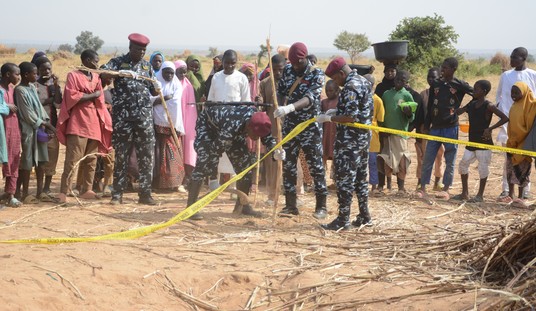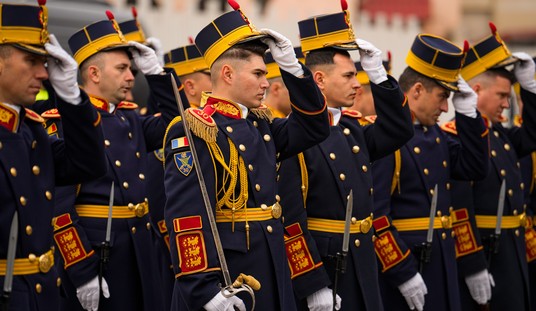
The 800 page Select Benghazi Committee report has been released. Naturally, Hillary Clinton is claiming “vindication” because there was nothing in the report that would be cause for an immediate arrest for treason. Hillary will continue to brag about how she sat at a committee hearing for 11 hours as if that is some kind of major accomplishment. Maybe it is for somebody her age but who cares?
That said, there is plenty of damning information within the report that reveals systemic failures, largely within the State Department bureaucracy that could have prevented the deaths of Chris Stevens, Sean Smith, Glen Doherty and Tyrone Woods.
1. The Obama administration’s claim the attacks were the result of a YouTube video was a complete fabrication – The talking points the administration came up with were created entirely without any contact with anybody on the ground at the time. They didn’t speak to a single eyewitness on the ground. The talking points about a video was flat out lie and they tried to sell this to the American people for weeks. One of the surviving security officers was asked if he had seen any protest prior to the attacks. He responded, “zip, nothing, nada.”
2. Security in Benghazi was completely inadequate and the State Department was more concerned with messaging than with security – The security situation in Benghazi was pathetic and despite repeated pleas from Chris Stevens asking for more, his requests were either denied or ignored. From CNN:
Throughout late 2011 and through 2012, security became perilous in Benghazi and there were at least two attacks on the compound and on diplomats and other international facilities.— A diplomatic security agent in the city in November 2011 told the committee that security was “woefully inadequate” with no perimeter security, low walls and no lighting.— The report said the Benghazi mission made repeated requests for new agents in late 2011 and early 2012. After a series of attacks on international targets in the city, more requests were made. But “no additional resources were provided by Washington D.C. to fortify the compound after the first two attacks. No additional personnel were sent to secure the facility, despite repeated requests for security experts on the ground.”
At one point, then-State Department spokeswoman Victoria Nuland emailed Stevens to ask how to publicly describe the security incidents in 2012 : “Washington D.C. dismissed Stevens’ multiple requests for additional security personnel while also asking for help in messaging the very violence he was seeking security from,” the report said.
Among these were delays imposed on the 50-man Marine Fleet Anti-terrorism Security Team, or FAST, which launched from Rota, Spain, more than 2,000 miles away from Benghazi. The team was loaded onto C-130 aircraft, but held on the ground for three hours before being allowed to take off.
According to the report, Navy Vice Adm. Kurt Tidd, then-director of operations for the Joint Chiefs of Staff, testified that the State Department had dithered about how to send forces into Libya without creating a larger international incident.
“State was very, very concerned about what the footprint would look like in Tripoli,” Tidd said in testimony cited in the report. “They didn’t want it to look like we were invading. That was the gist or that was the genesis of the discussion that occurred over whether or not when the FAST arrives at the airport in Tripoli — because they wanted to reinforce security at the embassy — but there was concern that it not have this image of a big, invading force.”
The team was going to be transported in vehicles to the U.S. Embassy in Tripoli, Tidd said.
“And there was just concern of parading a bunch of trucks or buses full of Marines in uniform, what kind of image that would present, recognizing it was going to be daylight when they arrived,” he said.
The Marine commander of the FAST platoon, unnamed in the report, testified that the Marines’ orders changed constantly as they waited to depart.
“We were told multiple times to change what we were wearing, to change from cammies into civilian attire, civilian attire into cammies, cammies into civilian attire,” he said. “There was also some talk of whether or not we could carry our personal weapons. I was basically holding hard and fast to the point where we were carrying our personal weapons. Like, we’ve got a very violent thing going on the ground where we’re going, so we’re going to be carrying something that can protect ourselves.”
Ultimately, the commander said, the Marines would change in and out of uniform four times.
The report’s authors concluded that these hours of indecision contradicted official statements that the administration had responded with all haste in response to the attacks.
Uniform changes. This is what they were worried about. Appearances. Our people were under attack by terrorists and what was more important to the dunderheads at the State Department is how our people would be dressed.













Join the conversation as a VIP Member